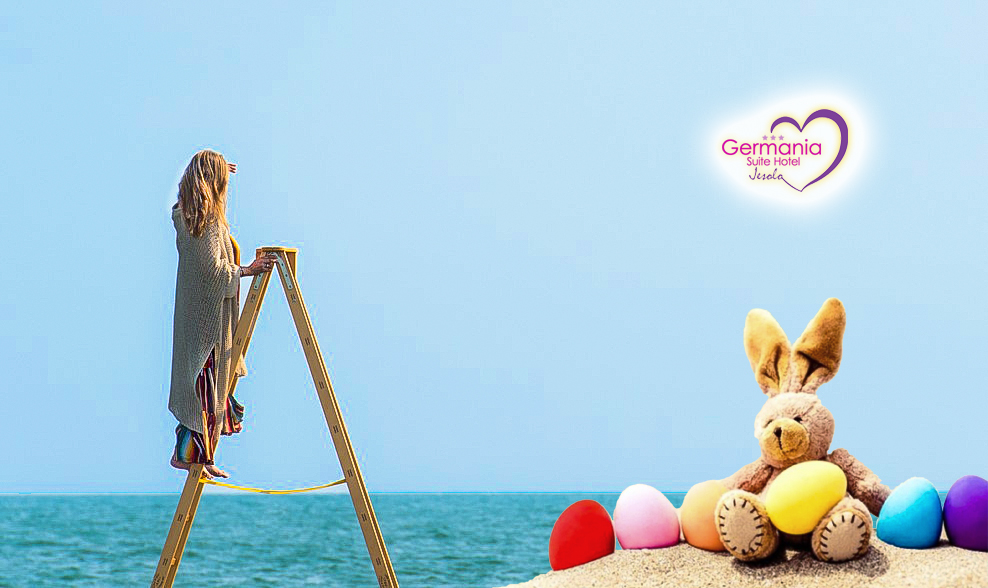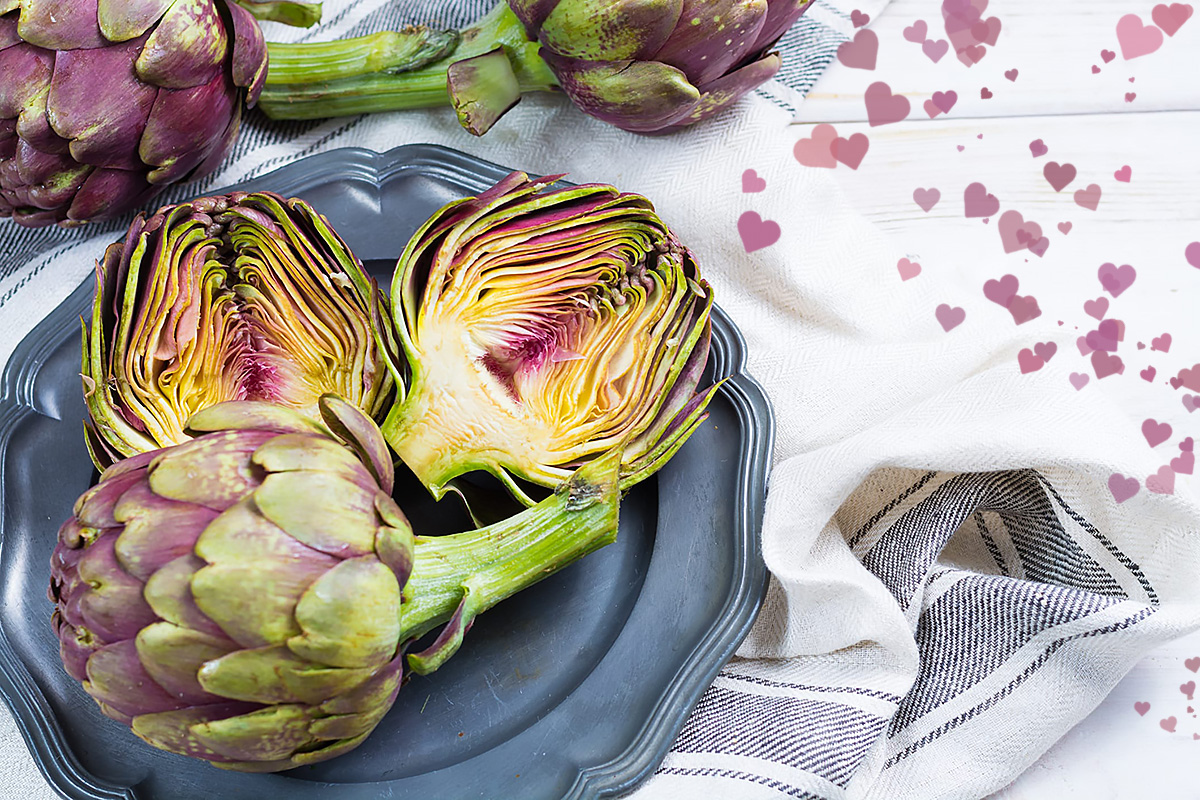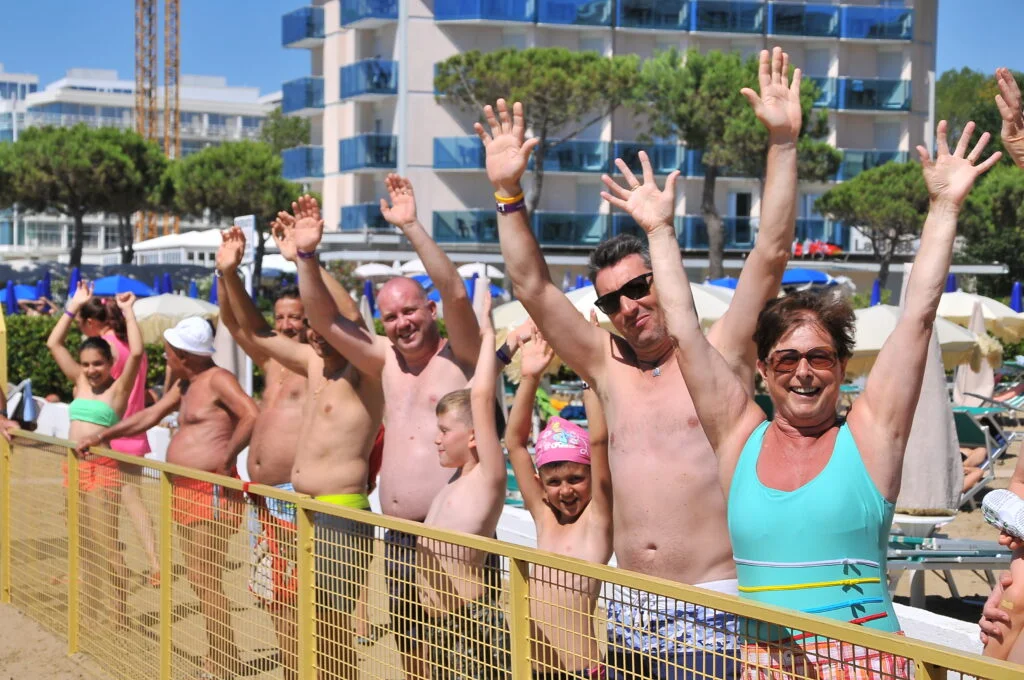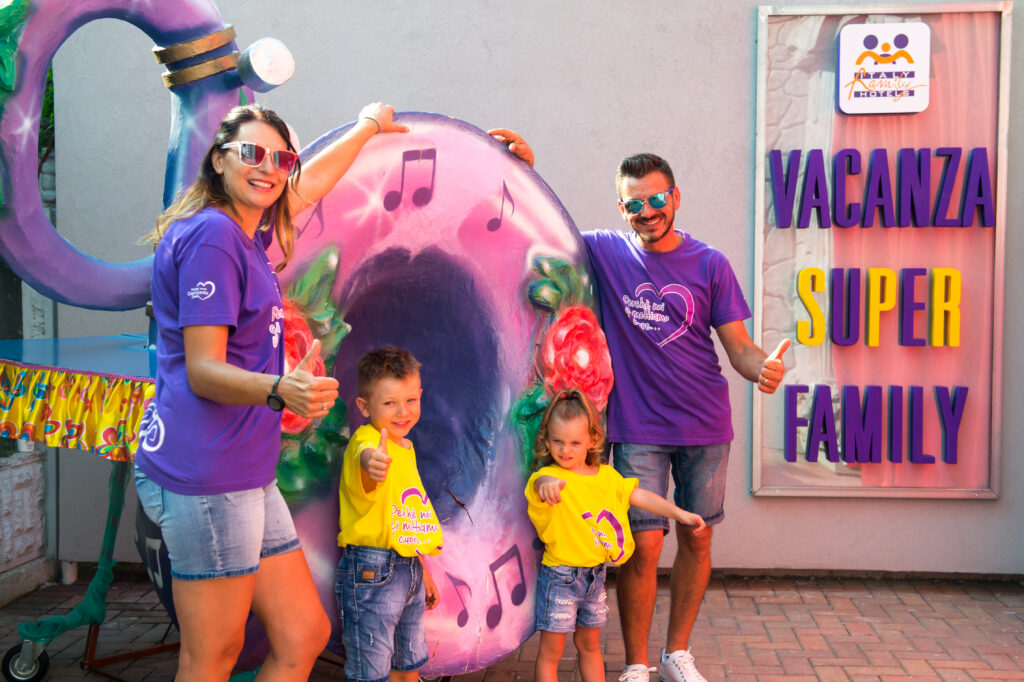Carnival in Jesolo, and it's joy for the kids!
The traditional parade of allegorical floats and masked groups with a final prize-giving ceremony.
February 18th is a haven of joy (and wide-eyed wonder) for kids.
It’s Carnival: the craziest party of the year!”
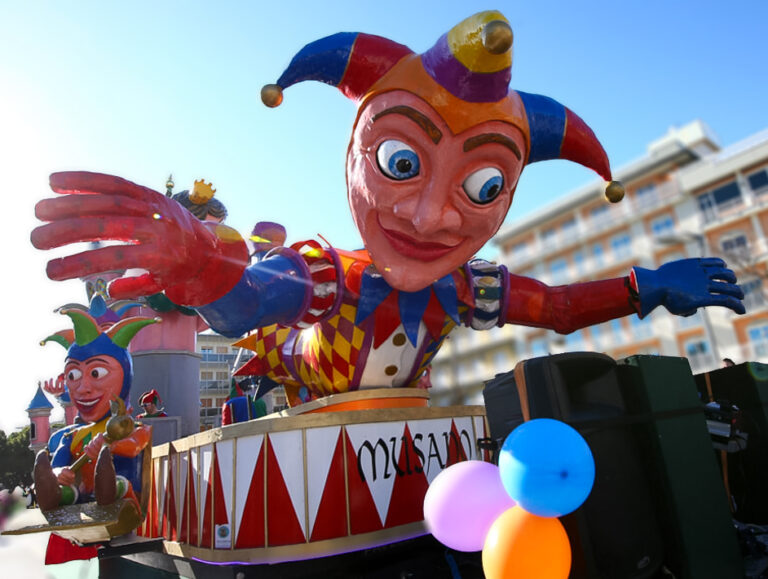
Confetti, streamers, and allegorical floats!
Have you ever wondered where the tradition of throwing lots of confetti during Carnival originated?
And where does the word distinguishing these colorful bits of paper come from?
During Carnival, both children and adults have fun with masks, costumes, and allegorical floats, creating an enchanting atmosphere.
Wearing a mask or costume transforms a person into an imaginary character and unleashes their imagination.
The allegorical floats are spectacular and colorful, with amusing and entertaining themes that capture the crowd’s attention.
Let’s discover together some curiosities about the mysterious origins of these beloved traditions.
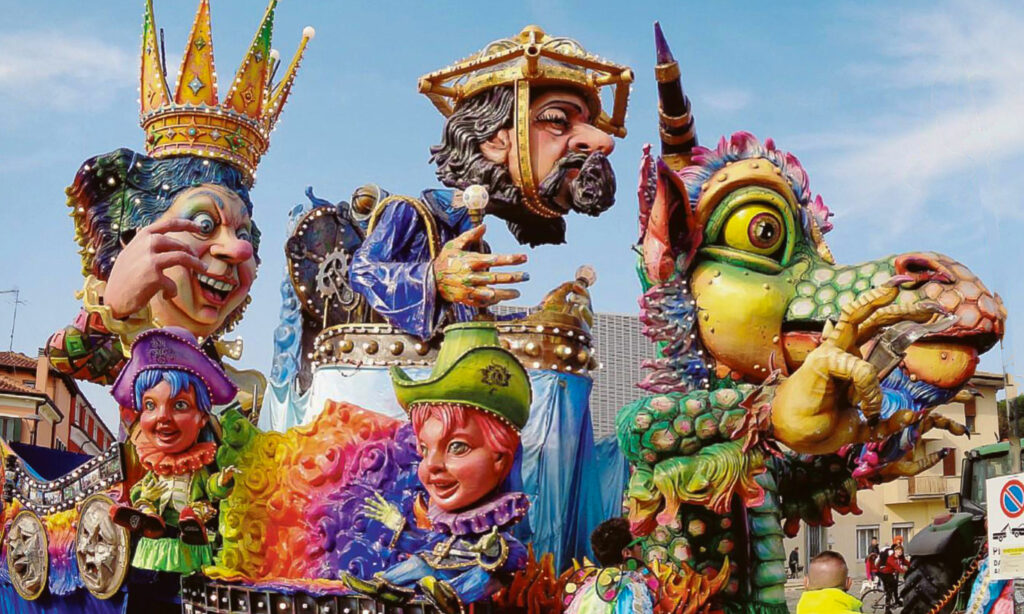
Joy and Transgression
During the Venice Carnival, the city was renowned for its madness and transgressions, as the masks worn by people allowed them to conceal their identities.
This granted them the freedom to behave differently than usual, without fearing any consequences.
It was common for Venetians to engage in feasts and night-time balls, adorned in lavish costumes, masquerading as nobles, gondoliers, dancers, or other characters.
This period of freedom and transgression helped break the monotony of daily life and celebrate life with joy and merriment.
At times in antiquity, transgressions could become excessive, with excessive drinking and disorderly behavior, necessitating immediate intervention by the guards to maintain order.
This is how the Venice Carnival became a historic tradition and a moment of fun for both the city and its visitors.
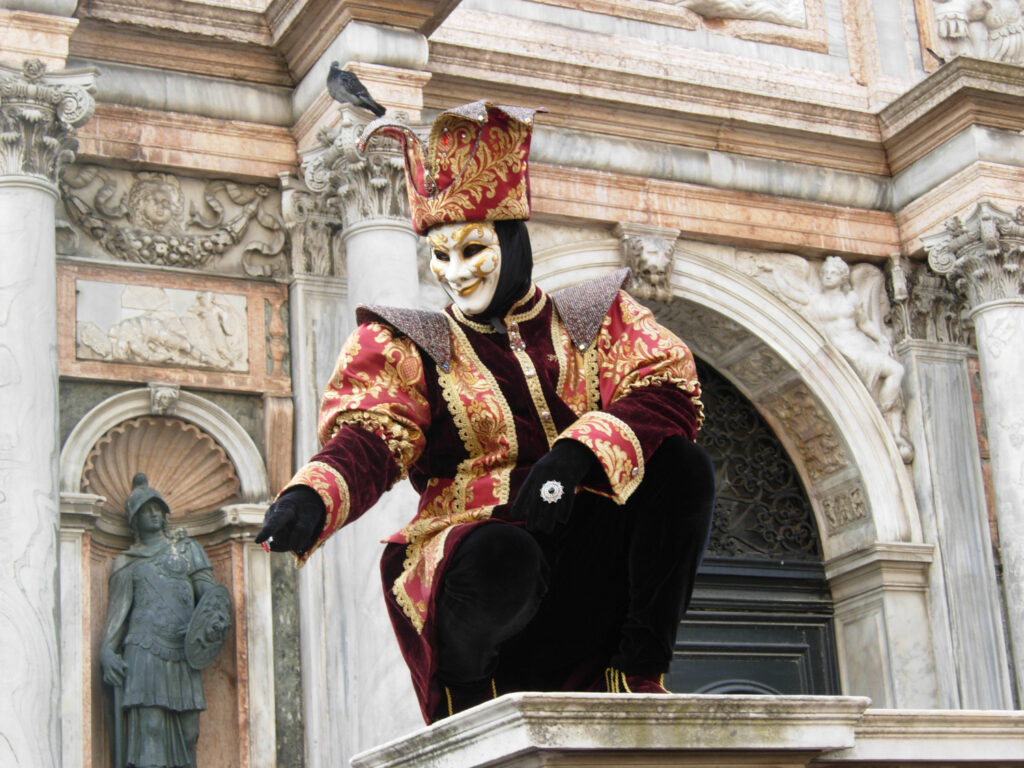
...and what about
these confetti?
These activities create a unique and unforgettable experience for all participants, making Carnival a moment of shared joy and happiness for everyone.
In Italy, at weddings or during Carnival, it was customary to throw actual confetti, sometimes made from coriander plant seeds.
These seeds were coated with sugar – besides being consumed as sweets, somewhat similar to today’s use in ethnic restaurants as a post-meal digestive – and could be thrown as a playful jest during Carnival festivities.
Later on, while still referred to as confetti, colored paper balls or chalk were used instead of the seeds for throwing.
It was two Italians who claimed the invention of confetti: Ettore Fenderl, from Trieste, and Enrico Mangili, from Milan.
The custom of throwing these hard seeds, or chalk pieces, or even rotten eggs and fruits from streets and balconies wasn’t well-received by the people and authorities.
It seems that as early as 1598, Ferrante de Velasco (the Spanish governor of Milan) issued a decree to prohibit the crews of typical boats (or floats) from excessive throwing, as it might incur a penalty of 25 scudi or two lashes in public for those caught throwing “scented water eggs, truly odorous” from windows or carriages.
This is where the ingenious Mangili observed the disks that perforating machines drop from pierced sheets used in sericulture as bedding for silkworm breeding, and came up with the idea of paper confetti, even better… if in colors!
He didn’t patent them and distributed them free to children in the area in the first year. But after a while, he began producing and successfully marketing them: in the early 20th-century Carnivals, street vendors sold them for 5 or 6 cents for each small measure of roasted chestnuts.
Contact us!
To book your holiday at the Germania Suite Hotel for enchanting and suggestive stays, do not hesitate to write to info@hotelgermania.net or call +39 0421 381223.
The fantastic allegorical floats!
The exact origins of the use of beautiful, colorful allegorical floats, often employed to elicit smiles while satirizing famous figures from entertainment or politics, are uncertain. However, it seems that even in ancient Babylon, it wasn’t unusual to see large floats symbolizing the Moon and the Sun parading through the streets, representing the creation of the world.
Certainly, in the 15th and 16th centuries, in Florence, the Medicis organized grand masquerades with floats called “triumphs,” accompanied by carnival songs, or ‘canti carnascialeschi’, of which even Lorenzo the Magnificent was an author. The Triumph of Bacchus and Ariadne, written by the Magnificent himself, is famous.
Allegorical floats used during Carnival, therefore, have ancient origins and have been influenced by various cultures and traditions. Their exact origin is uncertain, but some sources indicate that allegorical floats were introduced in Europe during the Middle Ages, during court festivals and masquerade balls.
In Italy, the Carnival of Venice was one of the first to see the use of allegorical floats, with Venetians parading decorated and masked floats through the city streets. Later, allegorical floats spread to many other Italian cities, such as Naples and Ivrea, where they remain a central element of Carnival festivities.
Their popularity has also extended to other parts of the world, such as Brazil, where allegorical floats have become a fundamental element of the celebrations in Rio de Janeiro’s Carnival.
In summary, allegorical floats are an important Carnival tradition with ancient origins that have undergone many evolutions over the centuries, but they still represent a moment of fun and joy for both adults and children. And it is precisely in Jesolo that every year you can enjoy the historic parade, have fun, and see the amazed joy in your children’s eyes!
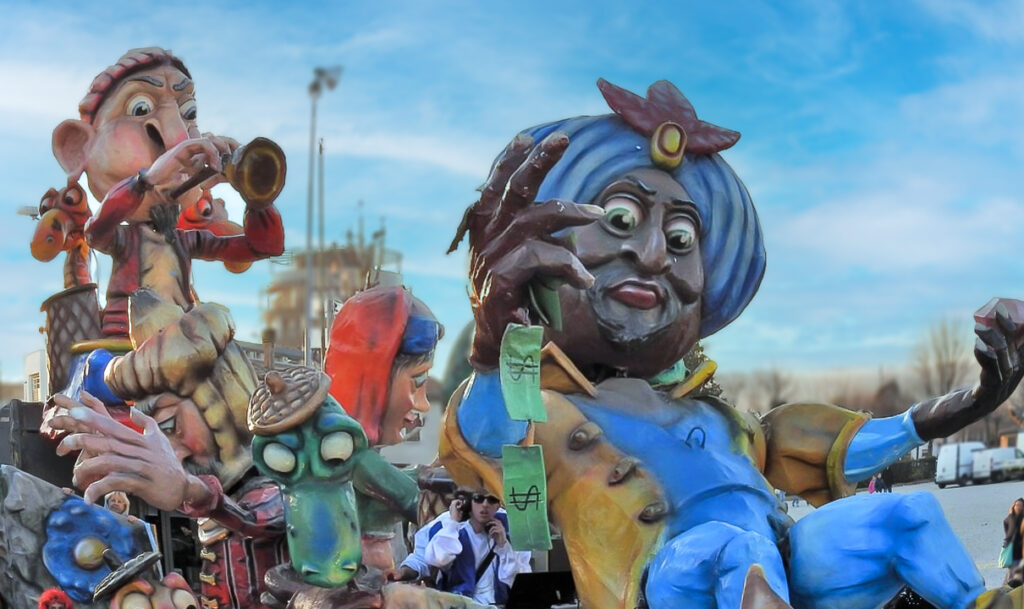
The Wonderful Carnival Masks
And finally, the use of Carnival’s very symbol: masks!
The origin of these is ancient, even dating back to prehistory!
In many graffiti from that era, dancing human figures are depicted, disguised with animal furs. Shamans covered themselves with the skins and conducted ritual dances to ensure successful hunting.
The mask later came to represent the souls of the deceased who, evoked through propitiatory rituals, descended to earth to ensure a bountiful harvest.
More recently, it seems that the oldest of these Carnival masks is Arlecchino, originating from Bergamo.
In the 16th century, Venice introduced the Pantalone mask, and from Naples came Pulcinella, followed by the Dottor Balanzone from Bologna.
In its way, the mask was also ‘democratic’. At least for the duration of the Carnival festivities, there were no differences in status, social class, or even between poor and wealthy nobles.
The mask facilitated many things: from jests to forbidden love, even anonymity necessary for committing crimes (though they were punished with additional severity and harshness).
Anonymity also fostered a certain courtesy: greetings were due to everyone because behind that anonymity could be anyone, so a simple ‘good morning, Mrs. Mask’ was enough to erase differences.
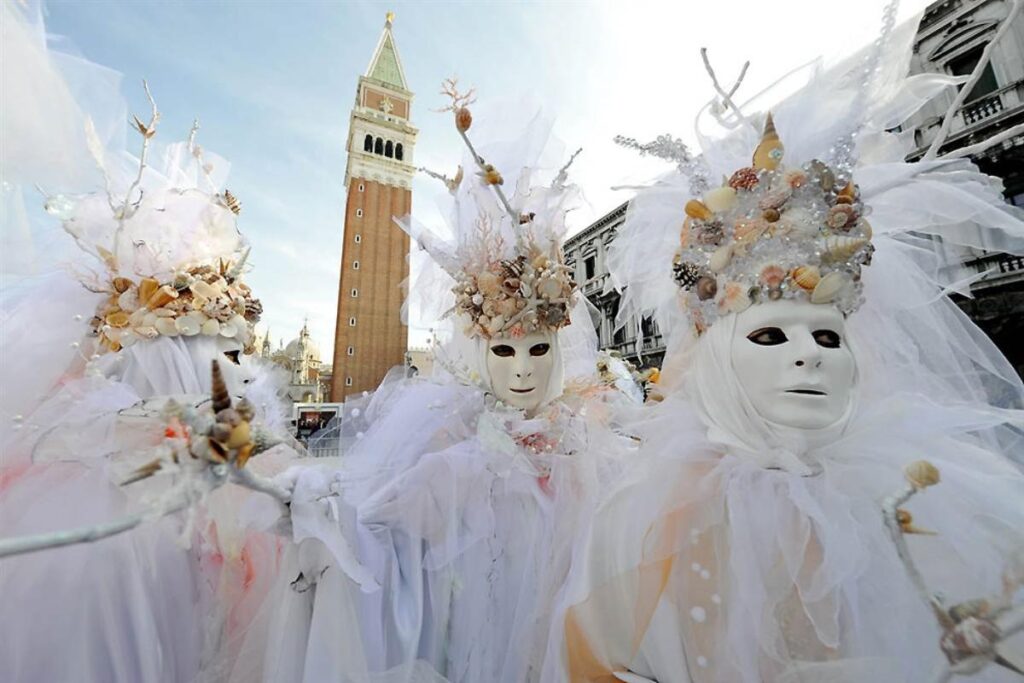
The Carnival of Jesolo
Well, did you think that Jesolo, an integral part of the Serenissima and beautiful Venice, could abdicate from the customs and traditions of Carnival?
Of course not! Indeed, the festivity, the uproar of games, parades, and masks, experiences an exceptional attraction of tourists and vacationers in Jesolo, including people from all over the Veneto region and beyond.
More traditional and less extravagant than the Venetian Carnival, Jesolo’s Carnival also boasts a greater naturalness: closer to the habits of the majority of people.
There’s laughter, food, and pranks.
And, at the heart of it all, there are the children!
Excited by this colorful madness of the Jesolo Carnival, with wide-open eyes and the most beautiful laughter one could ever witness, they move through every show in the square, admire the beautiful allegorical floats parading through the streets, take part in throwing confetti, and, of course, stock up on cotton candy and the thousand sweets typical of this tradition.
It’s a beautiful thing because it will remain etched in their memories forever.
The most suggestive things that the heart can evoke for the rest of their lives.



